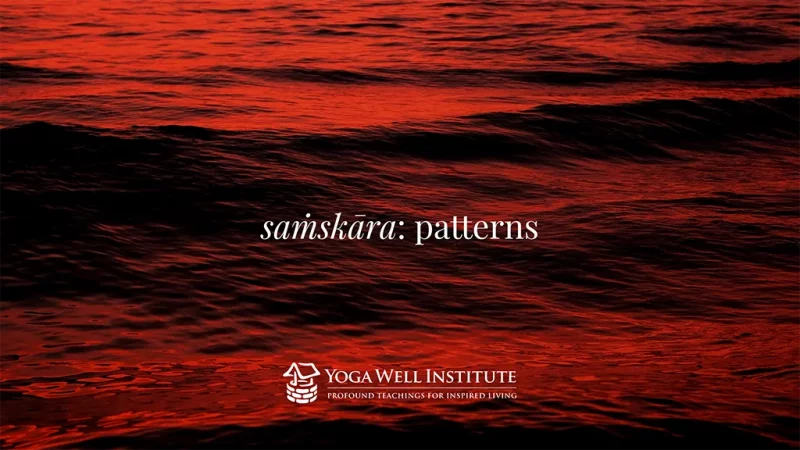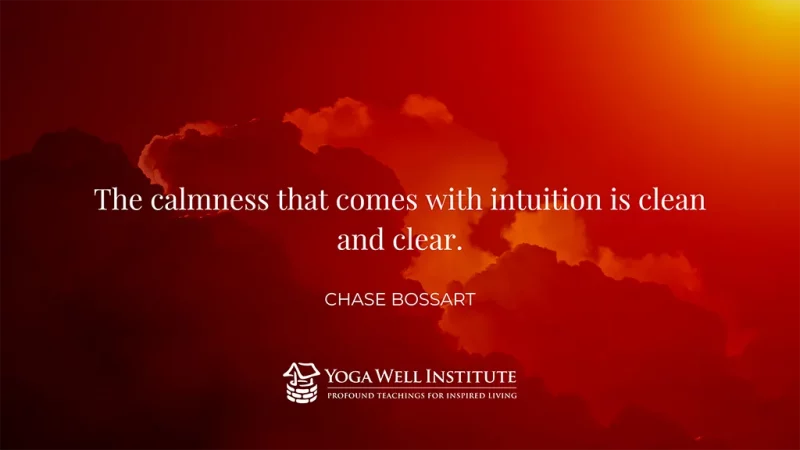Making tough decisions is never easy. That’s why they’re called “tough decisions.”
But sometimes when you’re faced with an important decision, you can clearly see the best path forward. At those moments, a quiet voice inside you — call it intuition or knowing — directs you toward the right choice.
Other times, though, things are not quite so clear.
- You may hesitate before acting.
- Or you can’t decide the path to take, at all.
- Perhaps there’s a nagging sense that the action you think you should take is not actually “right”?
This is because many times, our decisions are not being informed by our intuition, but by our patterns.

Our patterns (saṁskāra) develop throughout our lives, and are informed by our lived experiences. They are not inherently good or bad; they have utility.
So how do you differentiate between your patterns and your intuition or knowing?
In Chapter Two of the Yogasūtra, Patañjali gives some advice on this kind of discernment or discrimination (viveka); in particular, how to differentiate your intuition or knowing from your patterns.
According to Patañjali, when it’s your intuition that’s guiding you, there will be a kind of calm, even when the situation is extremely difficult. But when it’s your patterns steering your actions, you’ll get “thirsty again” after you’ve made your decision.

The calmness that comes with intuition is clean and clear. You know “this is the right thing to do.” Even though you may intensely dislike the decision, or fear the outcome, it will also feel a bit like you are in the eye of a storm, everything’s whirling around you, but you’re stable.
But when a decision doesn’t sit right with you, instead of calm, there will be agitation. You’ll need to do something else to calm your mind: like reach for that glass of wine, or binge watch TV, or sign up for another Yoga class.
If you are struggling to determine the path informed by your Knowing, keep in mind that it’s always easier to correctly identify your intuition when your mind is steady. In fact, this is the purpose of the tools outlined in the last half of Chapter Two of the Yogasūtra — including the first five limbs of aṣṭāṅga Yoga. These tools help bring you into more balance. They support feelings of peace and stability of attention. And from that place it will be much, much easier to discern if it is your knowing, or not.
Quiet Your Mind and Hear Your Intuition

Chase Bossart
M.A., C-IAYT, E-RYT 500



